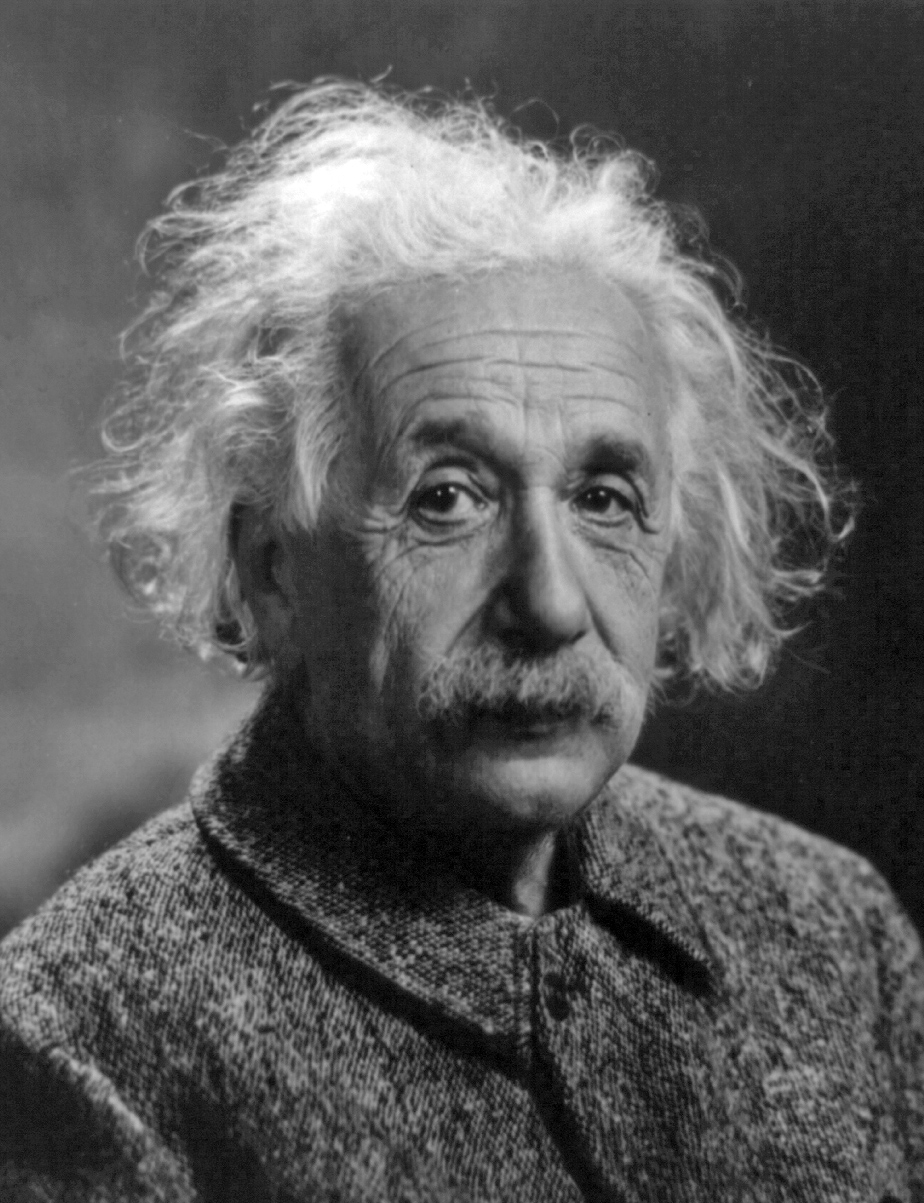Observations of a massive neutron star in a compact stellar binary in outer space confirm general relativity theory in a previously untested regime, a new study reports.
General relativity (GR), proposed by Albert Einstein, has been tested outside of Earth before, but it has not been tested in the strong field of such a massive neutron star (or other, even stronger gravitational fields).
Scientists haven't known whether this theory applies in such extreme  environments. Now, new research by John Antoniadis and colleagues tests this theory in a strong-field setting.
environments. Now, new research by John Antoniadis and colleagues tests this theory in a strong-field setting.
Antoniadis and colleagues report the measurement of a massive neutron star twice as heavy as the sun; because of their extremely high densities (which imply strong gravity), neutron stars can be used to test gravity in a strong-field regime. The researchers identified this particular star using spectroscopy; it showed up as a millisecond pulsar. Critically, and unlike other massive neutron stars known today, it is in a very tight orbit, requiring less than three hours to circle around another star. This makes it possible to measure the orbital decay resulting from the gravitational waves it emits.
The researchers have been observing changes in this binary's orbital decay since 2011. Thus far, they find these changes to be consistent with the rate of decay predicted by general relativity. This observation rules out the strong-field phenomena predicted by alternative theories of gravity and provides support for the validity of Einstein's theory, even in the extreme conditions present in this system. The work of Antoniadis and colleagues may also support the use of GR-based templates for gravitational wave detection here on Earth.
Meanwhile, because the binary system in which this massive neutron star was observed has a peculiar combination of properties related to its mass now and what scientists believe such an old star's mass should be, it poses a challenge to the current understanding of stellar evolution and will likely motivate further study.
- Previous The latest astronomy news
- Next Sounding Sexy










Comments
Add a comment